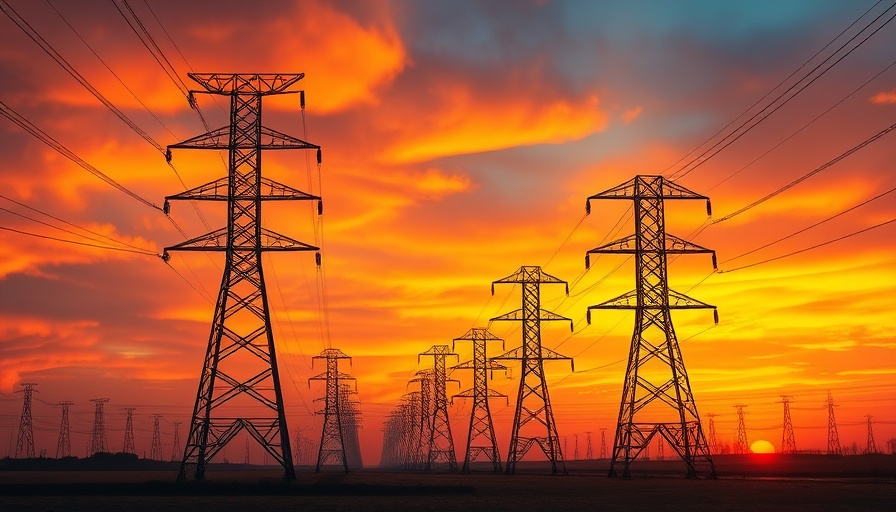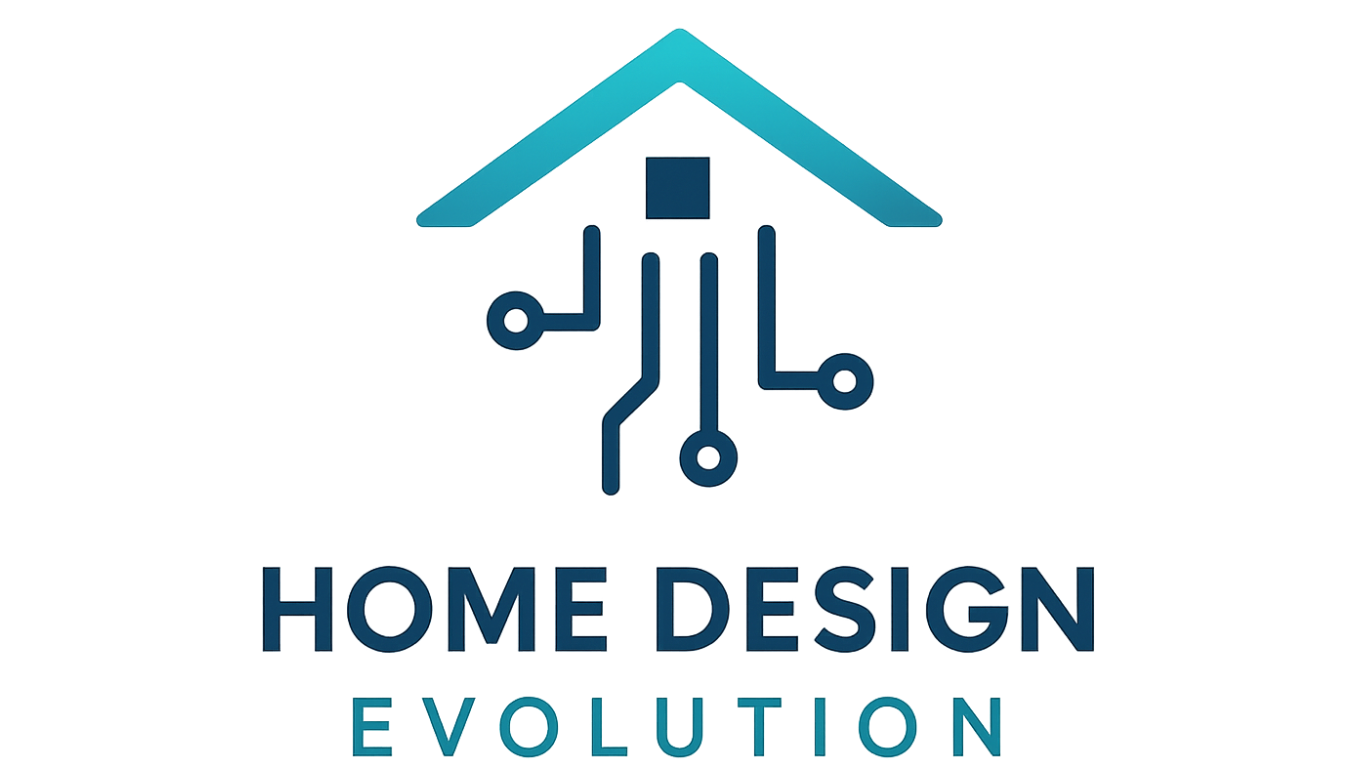
The Future of Smart Energy: Integrating AI and Renewables
As climate change escalates, our reliance on fossil fuels becomes increasingly unsustainable. To combat this, we’re witnessing a significant shift towards renewable energy sources like wind and solar power. However, these resources come with their own challenges—chiefly, their inherent intermittency. This is where artificial intelligence (AI) steps in, offering innovative solutions for balancing energy distribution and improving grid management.
How AI is Tackling Grid Challenges
In an age where energy demand fluctuates dramatically, AI adapts energy flow in real time. By predicting power needs and output from renewable sources, AI ensures that energy is delivered where it’s needed most, thus preventing blackouts. For instance, AI systems analyze weather patterns to predict solar and wind energy output. This predictive capability allows energy companies to make data-driven decisions about when to store energy and when to distribute it.
Innovative Energy Storage Solutions
The growing prominence of renewable energy highlights the increasing importance of energy storage systems. As solar and wind generation can be unpredictable—solar production dips during cloudy days and wind energy wanes on still days—energy storage technologies are vital for maintaining grid stability. AI-powered management systems optimize these storage solutions, like batteries and pumped hydro, ensuring that excess energy is captured and used efficiently during high-demand periods.
Building a Sustainable Future
AI does not just enhance operational efficiency; it contributes to building a more stable and green energy market. By fostering a smart grid that utilizes sensors, smart pricing, and other digital tools, we can create a sustainable energy ecosystem that reduces reliance on fossil fuels. This aligns with the overarching goal of reducing carbon emissions and combating climate change.
Practical Tips for Homeowners
For environmentally conscious homeowners, there are several steps you can take to integrate AI and renewable technologies into your living spaces. First, consider installing solar panels that work in conjunction with smart energy management systems. These systems not only optimize energy consumption based on predictions but also provide insights into your energy usage patterns. Furthermore, investing in home battery storage can help balance your energy needs and mitigate the effects of power outages.
What's Next for Green Technology?
The future of energy is undoubtedly interconnected with advancements in technology. As we arm ourselves with innovative tools like AI, we can work towards a more sustainable future. It’s essential to stay informed about new developments in renewable technology that can impact your energy choices and contribute to a healthier planet.
Transformative Benefits of AI in Energy Management
The use of AI in energy management not only helps in maintaining grid balance but also offers economic benefits. As energy companies embrace digital tools, they can lower operational costs and pass those savings onto consumers. Moreover, a more efficient energy grid leads to more competitive pricing, allowing homeowners to enjoy the benefits of renewable energy without breaking the bank.
Conclusion: The Call for Action
As homeowners increasingly adopt sustainable technologies, it’s vital to stay proactive about energy management. Embracing AI-powered solutions benefits not only your energy bills but also contributes to global efforts against climate change. It’s time to consider how integrating technology in your home can lead to a more sustainable and efficient future.
Take the first step today by exploring potential smart upgrades for your home that harness renewable energy solutions. A cleaner, greener tomorrow starts with us!
 Add Row
Add Row  Add
Add 



Write A Comment